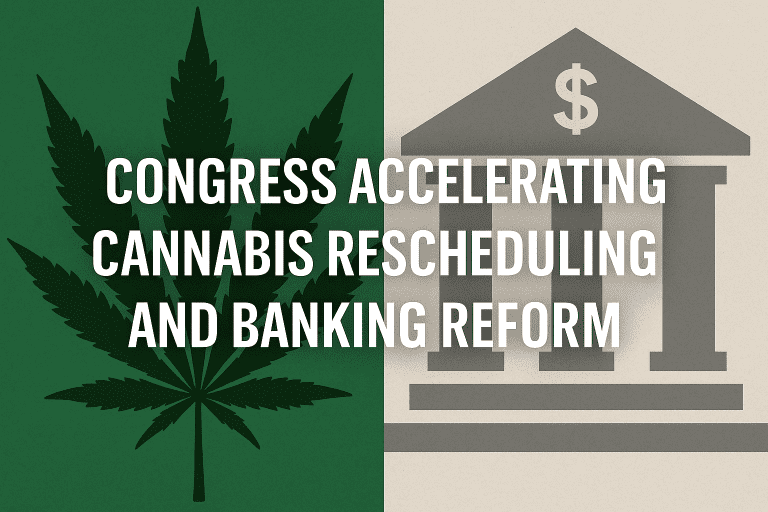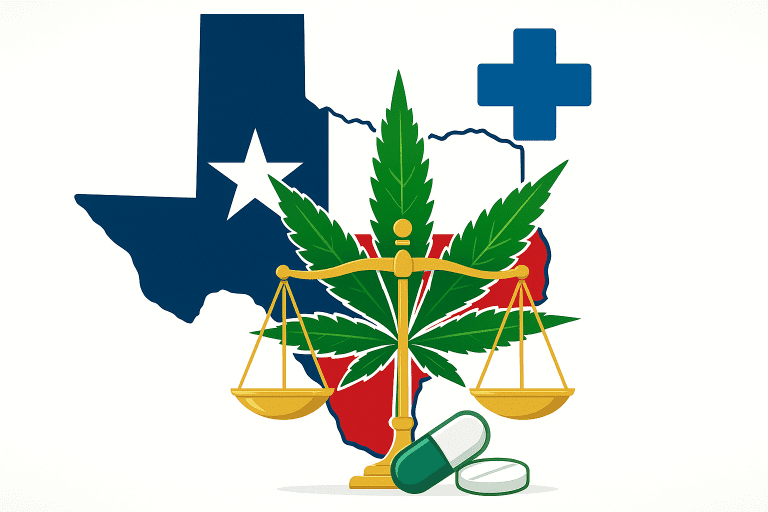Exploring the Economic Impact of Marijuana in Pennsylvania: An Overview
As the acceptance of medical marijuana continues to grow across the United States, the economic impact of this burgeoning industry cannot be ignored. In Pennsylvania, the legalization of medical marijuana has led to a significant economic boost, creating jobs, generating tax revenue, and stimulating local economies. This article will explore the economic impact of marijuana in Pennsylvania, providing an overview of the demand, taxation, revenue, and major private companies in the state’s marijuana industry.
The Economic Demand for Marijuana in Pennsylvania
Since the legalization of medical marijuana in Pennsylvania in 2016, the demand for this product has been steadily increasing. According to the Pennsylvania Department of Health, as of 2024, there are over 500,000 registered patients in the state’s medical marijuana program. This high demand has led to the growth of dispensaries and cultivation centers across the state, creating jobs and stimulating local economies.
Marijuana Taxes in Pennsylvania and Who Collects Them
In Pennsylvania, medical marijuana is subject to a 5% gross receipts tax, which is paid by the grower/processor to the dispensary. This tax revenue is collected by the Pennsylvania Department of Revenue. The revenue generated from this tax is used to cover the costs of the state’s medical marijuana program, with any excess funds being allocated to further health-related initiatives.
Revenue Generated from Marijuana in Pennsylvania
Since the inception of the medical marijuana program, Pennsylvania has generated significant revenue from marijuana taxes. According to the Pennsylvania Department of Revenue, in the fiscal year 2020-2021, the state collected over $40 million in marijuana tax revenue. This revenue is used to fund the state’s medical marijuana program and other health initiatives.
Major Private Marijuana Companies in Pennsylvania
Several major private companies operate in Pennsylvania’s marijuana industry. These include TerraVida Holistic Centers, a leading dispensary chain, and AGRiMED Industries, one of the state’s largest growers and processors of medical marijuana. These companies not only contribute to the state’s economy through tax revenue and job creation but also play a crucial role in providing patients with access to medical marijuana.
In conclusion, the economic impact of marijuana in Pennsylvania is significant and multifaceted. As the industry continues to grow, it is expected to play an increasingly important role in the state’s economy.
What is the economic demand for marijuana in Pennsylvania?
The economic demand for marijuana in Pennsylvania has been on a steady rise since the state legalized medical marijuana in 2016. The state’s medical marijuana program has seen a significant increase in patient registrations, indicating a growing demand for this alternative form of medicine.
Increasing Patient Registrations
According to the Pennsylvania Department of Health, as of 2021, there are over 500,000 registered patients in the state’s medical marijuana program. This is a significant increase from the 12,000 patients registered in the program’s first year. The growing number of patient registrations is a clear indication of the increasing demand for medical marijuana in Pennsylvania.
Increasing Sales
The increasing demand for medical marijuana in Pennsylvania is also reflected in the sales figures. According to the Marijuana Policy Project, Pennsylvania’s medical marijuana sales reached $500 million in 2020, a significant increase from the $132 million in sales recorded in 2018. This upward trend in sales is expected to continue as more patients register for the program and as the state continues to expand its list of qualifying conditions.
Job Creation
The growing demand for medical marijuana in Pennsylvania has also led to job creation in the state. According to a report by Leafly, the state’s marijuana industry employed over 15,000 full-time workers in 2020, a significant increase from the 3,878 jobs created in 2018. This indicates that the demand for medical marijuana is not only benefiting patients but also contributing to the state’s economy by creating jobs.
Conclusion
In conclusion, the economic demand for marijuana in Pennsylvania is high and continues to grow. This is evidenced by the increasing number of patient registrations, rising sales figures, and job creation in the state’s marijuana industry. As the state continues to expand its medical marijuana program, the demand for marijuana is expected to continue to rise, further contributing to the state’s economy.
What are the marijuana taxes in Pennsylvania and who collects them?
In Pennsylvania, the medical marijuana industry is subject to a 5% gross receipts tax. This tax is levied on the sale of medical marijuana by growers and processors to dispensaries. The tax is collected by the Pennsylvania Department of Revenue. The revenue generated from this tax is used to cover the costs of the state’s medical marijuana program and fund other state initiatives.
Understanding the Tax Structure
The 5% gross receipts tax is not the only tax applicable to the medical marijuana industry in Pennsylvania. In addition to this, dispensaries are also required to pay sales tax on their sales of medical marijuana products. The current state sales tax rate in Pennsylvania is 6%. However, it’s important to note that patients who purchase medical marijuana products are not charged this sales tax. Instead, the tax is absorbed by the dispensaries.
Furthermore, medical marijuana businesses are also subject to federal income tax. Despite the fact that medical marijuana is legal in Pennsylvania, it remains illegal at the federal level. This means that businesses cannot deduct their business expenses related to the sale of marijuana, leading to potentially high effective tax rates.
Who Collects the Taxes?
The Pennsylvania Department of Revenue is responsible for collecting the 5% gross receipts tax from growers and processors. The sales tax collected by dispensaries is also remitted to the Department of Revenue. Federal income taxes are collected by the Internal Revenue Service (IRS).
It’s important for businesses in the medical marijuana industry to understand their tax obligations and ensure they are in compliance. Failure to do so can result in significant penalties and fines.
For more information on the tax regulations related to the medical marijuana industry in Pennsylvania, you can visit the Pennsylvania Department of Revenue and the IRS websites.
Where Does the Tax Revenue Go?
The tax revenue generated from the medical marijuana industry in Pennsylvania is used to fund the state’s medical marijuana program. This includes the costs of administering the program, such as processing applications for medical marijuana cards and ensuring compliance with state regulations. Any additional revenue is used to fund other state initiatives.
Overall, the tax structure for the medical marijuana industry in Pennsylvania is designed to ensure that the industry contributes to the state’s economy while also providing the necessary funding for the state’s medical marijuana program.
How much has marijuana generated in tax revenue in Pennsylvania?
Since the legalization of medical marijuana in Pennsylvania in 2016, the state has seen a significant increase in tax revenue. The Pennsylvania Department of Revenue reported that the state collected over $500 million in medical marijuana tax revenue since the program’s inception. This revenue is generated from the 5% gross receipts tax on medical marijuana, paid by the state’s marijuana growers and processors.
According to the Pennsylvania Department of Revenue, the state collected approximately $40 million in the fiscal year 2018-2019, $109 million in 2019-2020, and $146 million in 2020-2021. The revenue has been increasing year over year, indicating the growing demand for medical marijuana in the state.
Exploring the Economic Impact of Marijuana in Pennsylvania: An Overview
The economic impact of marijuana in Pennsylvania extends beyond tax revenue. The industry has created thousands of jobs and attracted significant investment. According to the Pennsylvania Department of Community and Economic Development, the state’s marijuana industry employed over 10,000 people in 2020. Additionally, the industry has attracted over $1.5 billion in investment since 2016.
What is the economic demand for marijuana in Pennsylvania?
The economic demand for marijuana in Pennsylvania is high and continues to grow. The state’s medical marijuana program has over 300,000 registered patients, and this number is expected to increase in the coming years. The high demand is reflected in the state’s increasing marijuana tax revenue.
What are the marijuana taxes in Pennsylvania and who collects them?
In Pennsylvania, the marijuana tax is a 5% gross receipts tax paid by marijuana growers and processors. The tax is collected by the Pennsylvania Department of Revenue.
What are some of the biggest private marijuana companies in Pennsylvania?
Some of the biggest private marijuana companies in Pennsylvania include Cresco Labs, Terrapin Care Station, and PharmaCann. These companies have made significant contributions to the state’s marijuana tax revenue and have played a crucial role in the growth of the industry.
What are some of the biggest private marijuana companies in Pennsylvania?
As the medical marijuana industry continues to grow in Pennsylvania, several private companies have emerged as key players in the market. These companies are not only contributing to the state’s economy but also providing patients with access to high-quality medical marijuana products. Here are some of the biggest private marijuana companies in Pennsylvania:
1. Cresco Labs
Cresco Labs is a Chicago-based company that has made significant inroads in Pennsylvania’s medical marijuana market. They operate three dispensaries in the state under the name “Sunnyside” and have a cultivation facility in Brookville. Cresco Labs is known for its wide range of products, including flower, concentrates, tinctures, and topicals.
2. Terrapin
Founded in 2009, Terrapin has a strong presence in Pennsylvania’s medical marijuana market. The company operates a 40,000 square foot cultivation facility in South Avis, where it produces a variety of cannabis products. Terrapin is committed to sustainability and uses energy-efficient technologies in its operations.
3. PharmaCann
PharmaCann is one of the nation’s largest vertically integrated cannabis companies, and it has a significant presence in Pennsylvania. The company operates dispensaries under the name “Verilife” and has a state-of-the-art cultivation facility in the state. PharmaCann offers a wide range of medical marijuana products, including flower, edibles, and concentrates.
4. Justice Grown
Justice Grown is a Pennsylvania-based company that operates two dispensaries in the state. The company is committed to social justice and works to promote equity in the cannabis industry. Justice Grown offers a variety of medical marijuana products, including flower, concentrates, and edibles.
These companies represent a significant portion of Pennsylvania’s medical marijuana industry. As the market continues to grow, they are likely to play an increasingly important role in the state’s economy and in providing patients with access to medical marijuana.
For more information on Pennsylvania’s medical marijuana program, visit the Pennsylvania Department of Health’s website.




















